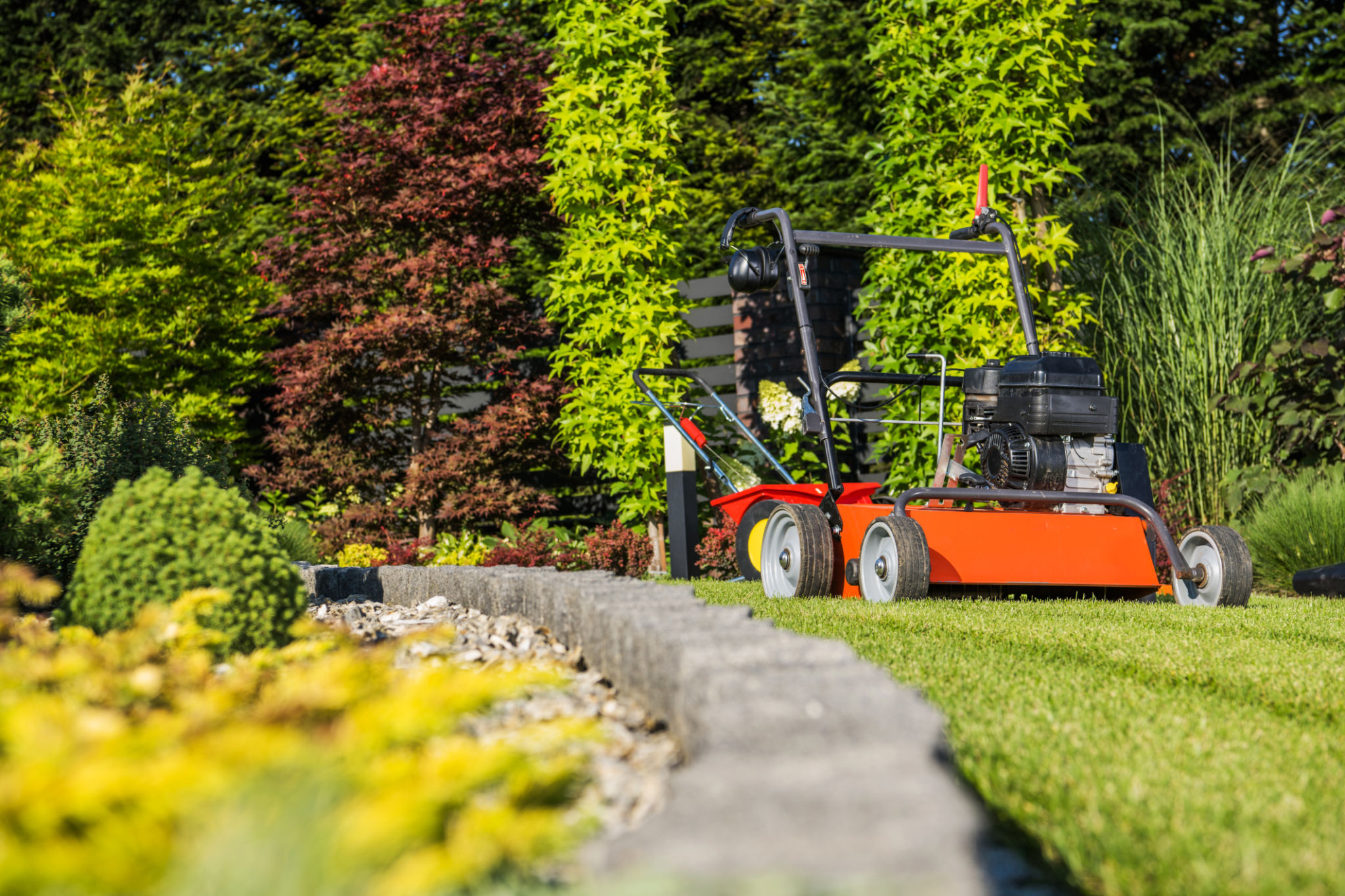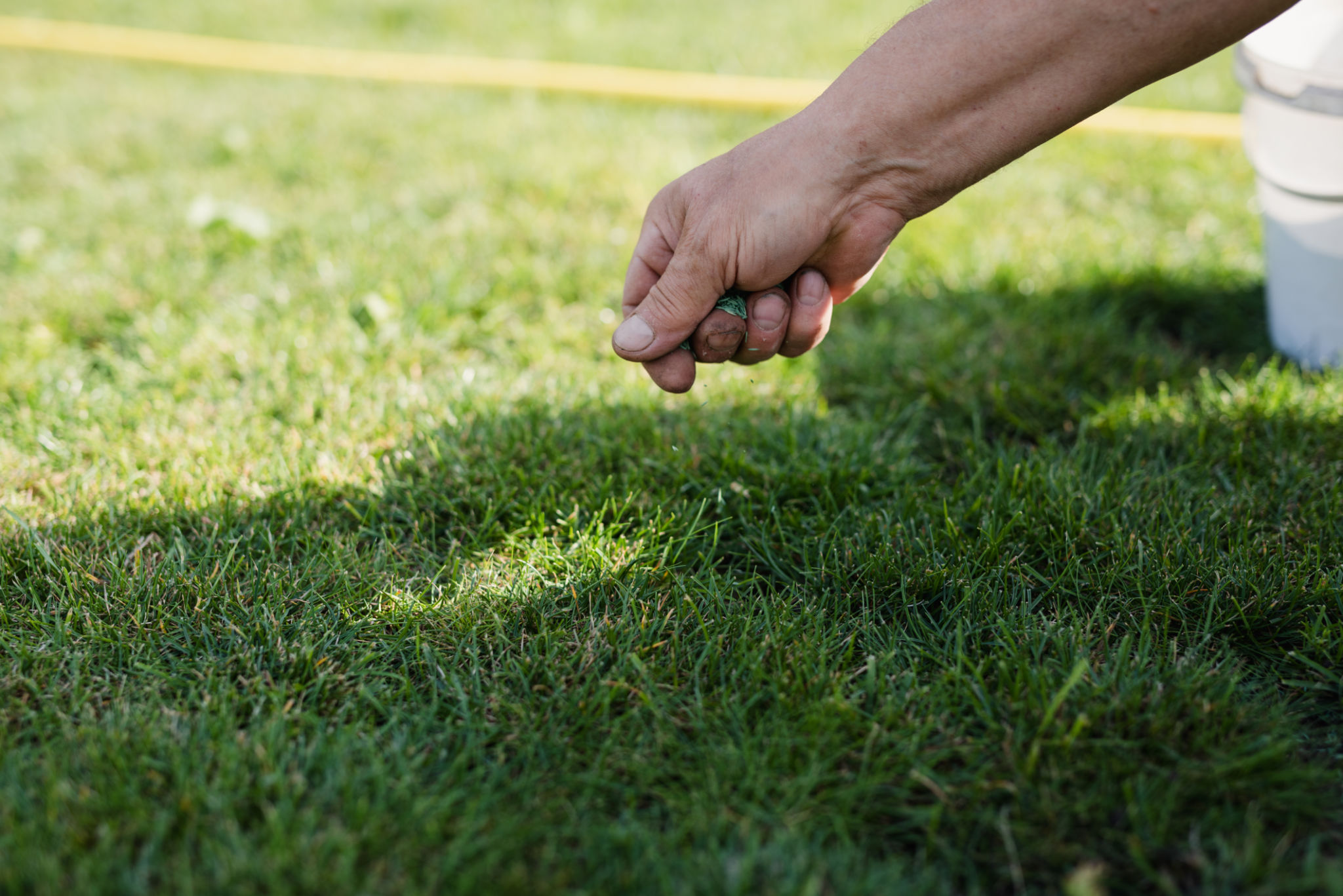5 Tips for Preparing Your Lawn for Winter in Hamilton
HS
As the crisp autumn air settles in Hamilton, it's time to start thinking about how to prepare your lawn for the winter months. A well-prepared lawn will not only survive the cold but thrive once spring arrives. Here are five essential tips to ensure your lawn is ready for winter.
1. Aerate Your Lawn
One of the most beneficial things you can do for your lawn in the fall is aeration. Aerating involves perforating the soil with small holes to allow air, water, and nutrients to penetrate the grass roots more effectively. This process helps alleviate soil compaction and ensures that the roots have enough room to grow and strengthen before the winter freeze.
If you're unsure how to aerate your lawn, consider renting an aerator or hiring a professional service. Aeration is particularly important in Hamilton due to the clay-heavy soil commonly found in the area.

2. Fertilize Before the Frost
Fertilizing your lawn in late fall is crucial for providing essential nutrients that will support root development over the winter months. Opt for a fertilizer rich in potassium and phosphorus to enhance root growth and improve your lawn's resilience against harsh weather conditions.
Selecting the Right Fertilizer
When selecting a fertilizer, look for a slow-release formula to ensure a steady supply of nutrients throughout the winter. It's best to apply fertilizer just before the first frost to give your lawn the boost it needs before going dormant.

3. Mow Your Lawn to the Right Height
Adjusting your mower to the correct height is a key step in preparing your lawn for winter. As you approach the end of the mowing season, gradually lower your mower's blade to cut the grass shorter. A shorter cut helps prevent diseases and discourages pests from taking up residence in your lawn during winter.
Aim to leave your grass about 2 to 2.5 inches high. Cutting it too short can damage the grass, while leaving it too long may lead to matting under snow cover.
4. Remove Leaves and Debris
Fallen leaves and debris can suffocate your lawn if left over winter, leading to dead patches and fungal diseases. Regularly rake up leaves and clear away any debris to ensure your grass has access to sunlight and air circulation.

Composting Leaves
Consider composting leaves instead of bagging them up for disposal. Composting not only reduces waste but also creates a nutrient-rich amendment for your garden come springtime.
5. Overseed Bare Spots
If you notice any bare or thin patches in your lawn, fall is an excellent time for overseeding. Choose a high-quality grass seed mix suitable for Hamilton's climate and spread it evenly over problem areas. This will encourage new growth and help thicken your lawn before winter arrives.
Water the newly seeded areas regularly until the grass establishes itself, but be cautious not to overwater, as this can lead to disease development.

By following these five tips, you can ensure that your Hamilton lawn remains healthy and vibrant throughout the winter months. With a little preparation now, you'll be rewarded with a lush, green lawn ready to flourish when spring returns.